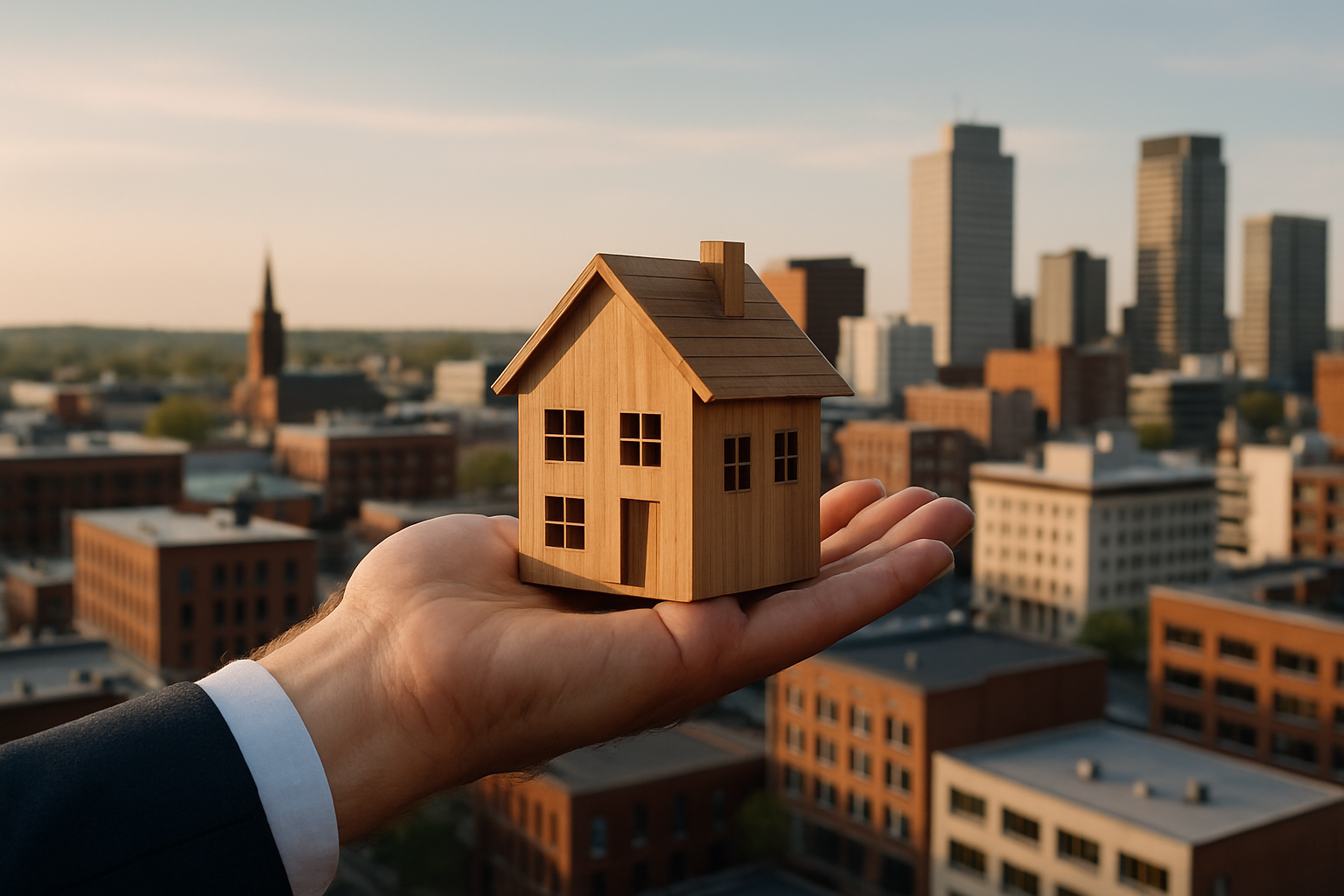Title: The Hidden Potential of Adaptive Reuse in Urban Real Estate
As cities evolve and demographics shift, a new frontier in real estate is emerging: adaptive reuse. This innovative approach to property development breathes new life into abandoned or underutilized structures, transforming them into vibrant spaces that meet modern needs. With urban cores facing housing shortages and a growing demand for unique living and working environments, adaptive reuse presents a compelling solution for investors, developers, and city planners alike.

The Economic Advantages of Adaptive Reuse
One of the most compelling aspects of adaptive reuse is its economic viability. While initial costs can vary depending on the condition of the original structure, adaptive reuse projects often prove more cost-effective than new construction. According to a study by the National Trust for Historic Preservation, adaptive reuse projects can save between 10-12% in construction costs compared to new builds. Additionally, these projects typically have shorter timelines, allowing developers to generate revenue sooner.
Environmental Benefits and Sustainability
In an era where sustainability is paramount, adaptive reuse offers significant environmental advantages. By repurposing existing structures, developers can drastically reduce the carbon footprint associated with new construction. The preservation of embodied energy – the energy consumed by all processes associated with the production of a building – is a key benefit. A report by the U.S. Environmental Protection Agency estimates that building reuse almost always yields fewer environmental impacts than new construction when comparing buildings of similar size and functionality.
Navigating Zoning and Regulatory Challenges
While adaptive reuse presents numerous opportunities, it also comes with unique challenges, particularly in terms of zoning and regulations. Many older buildings were constructed under different codes and for different purposes than their intended new use. Developers often need to work closely with local authorities to navigate these hurdles. Some cities have recognized the value of adaptive reuse and have implemented specific ordinances to facilitate such projects. For instance, Los Angeles introduced an Adaptive Reuse Ordinance in 1999, which has since led to the creation of thousands of new housing units in formerly vacant buildings.
Case Studies: Success Stories in Adaptive Reuse
Examining successful adaptive reuse projects can provide valuable insights for investors and developers. One notable example is the High Line in New York City, a former elevated railway transformed into a public park. This project not only created a unique urban green space but also catalyzed billions of dollars in real estate development in the surrounding area. Another example is the Tate Modern in London, housed in a former power station. Its conversion into a world-renowned art gallery has significantly contributed to the regeneration of the Bankside area.
Market Demand and Demographic Shifts
The appeal of adaptive reuse projects aligns well with changing consumer preferences, particularly among millennials and Gen Z. These demographics often prioritize unique, character-rich spaces over cookie-cutter developments. A survey by the National Association of Realtors found that 61% of millennials prefer a neighborhood with a mix of houses, shops, and amenities – precisely the kind of environment that adaptive reuse projects often create. This trend suggests a growing market for properties that blend historical elements with modern amenities.
Financial Incentives and Tax Benefits
Investors and developers interested in adaptive reuse can often take advantage of various financial incentives. Many jurisdictions offer tax credits for the rehabilitation of historic structures. In the United States, the Federal Historic Preservation Tax Incentives program provides a 20% tax credit for the certified rehabilitation of certified historic structures. Additionally, some local governments offer grants or low-interest loans for adaptive reuse projects, recognizing their potential to revitalize neighborhoods and preserve cultural heritage.
Technology’s Role in Adaptive Reuse
Advancements in technology are making adaptive reuse projects more feasible and efficient. 3D scanning and Building Information Modeling (BIM) allow developers to create detailed digital models of existing structures, facilitating more accurate planning and cost estimation. Moreover, innovative construction techniques and materials are enabling the integration of modern systems into historical buildings without compromising their integrity. These technological advancements are expanding the possibilities for adaptive reuse and making previously challenging projects more viable.
The Future of Adaptive Reuse in Real Estate
As urban areas continue to densify and the focus on sustainability intensifies, adaptive reuse is poised to play an increasingly significant role in real estate development. The COVID-19 pandemic has accelerated this trend, with many urban areas seeing increased vacancy rates in office and retail spaces. This situation presents new opportunities for creative adaptive reuse projects, potentially transforming underutilized commercial spaces into much-needed housing or mixed-use developments.
In conclusion, adaptive reuse represents a compelling opportunity in the real estate market. It offers a unique blend of economic, environmental, and cultural benefits, aligning well with contemporary urban needs and consumer preferences. For investors and developers willing to navigate its challenges, adaptive reuse can yield distinctive properties with strong market appeal and the potential for significant returns. As cities continue to evolve, those who recognize and capitalize on the hidden potential of adaptive reuse may find themselves at the forefront of a transformative trend in urban real estate.





